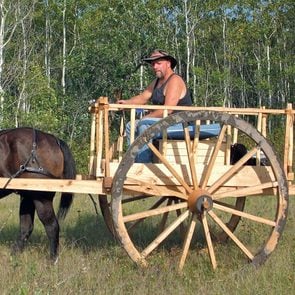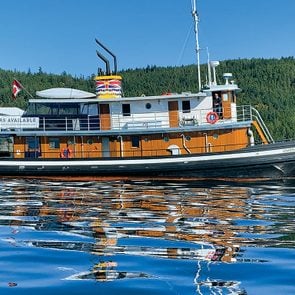This Classic Canadian Watercraft is Seaworthy Once Again
It seems amazing that this Gidley survived long enough to cross paths with an old guy who was looking for an old boat to restore.
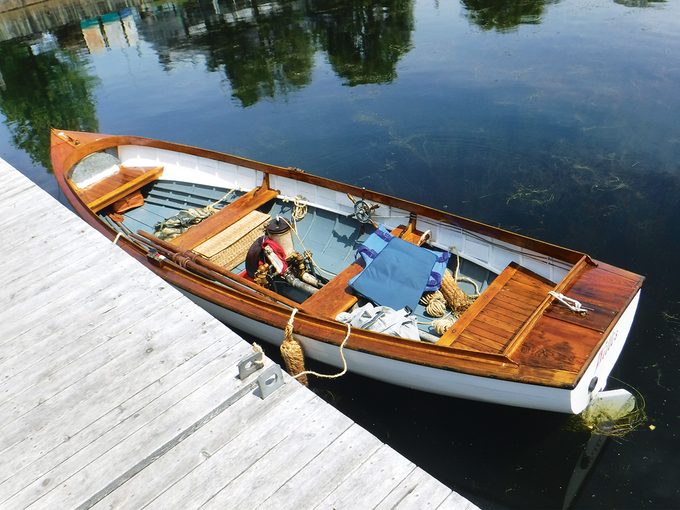
After a lengthy career in aviation, I decided to retire. In preparation for that, I built a workshop and began construction on three cedar strip canoes, one for each of my daughters. I planned to complete them over a period of three years but finished in just over two.
With the canoe project complete, people asked if I’d build one for myself. I wasn’t interested in building a fourth canoe. I was looking for an antique boat, already restored and ready to go. What I had in mind is what’s known as a Dispro (disappearing propeller boat), which is basically a motorized canoe. They were built by a number of companies in Ontario from 1915 until the 1950s.
I couldn’t find a Dispro to my liking, but I came across a 1915 Gidley square-stern power fishing boat. I knew virtually nothing about it, so I did an Internet search. What I learned was that the Gidley Boat Company built vessels, everything from small skiffs to boats in the 100-foot range, in Penetanguishene, Ontario, from about 1890 until 1939. Two famous Gidley customers were Henry Ford and Orville Wright, but that’s another story. The boat I located carried the serial number 1515, meaning it was the fifteenth boat built by Gidley in 1915.
It is 16 feet long and powered by a two-stroke, water-cooled inboard engine. It uses an ignition coil from a Model-T Ford. What followed my search was a phone call to the owner. He confirmed the boat was still available so I arranged to see it. It was unbelievable—it was like a time capsule, and essentially complete.
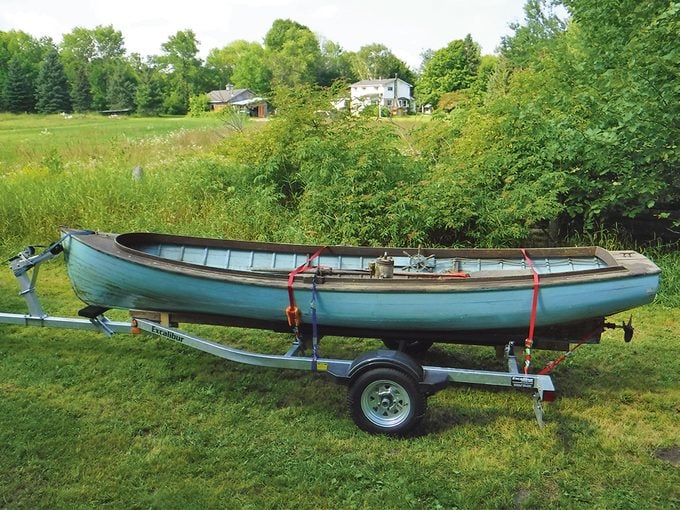
A man by the name of James Alonzo Speer had bought it new from Gidley to use at his cottage on an island on Sparrow Lake, north of Orillia, Ontario. The boat stayed on that island, owned by the Speers, for nearly 90 years. By 2004, it was showing its age and the family no longer wanted it. A group of enthusiasts salvaged it. It then quickly changed ownership once more before ending up in the barn in Wyebridge, Ontario, where I found it. The owner and I quickly reached a deal and I returned later to collect the boat.
What followed was a six-month restoration. First up was to see if the engine would run. It hadn’t done so in possibly 60 years—it started on the first try.
I next moved to the restoration proper. It was largely cosmetic. In restoring the boat I had three priorities. First, I would only do as much as necessary to make the boat seaworthy and to prevent further deterioration. Second, where work or repairs were required, I would use only original materials, tools and techniques to any extent possible. Third, any repair or replacement parts had to be authentic and from the time period. The idea was not to update the boat, but rather to preserve as much of the original patina as possible. This by the way would be my first attempt at restoring a boat. In fact, when I started, I knew little about wooden boats.
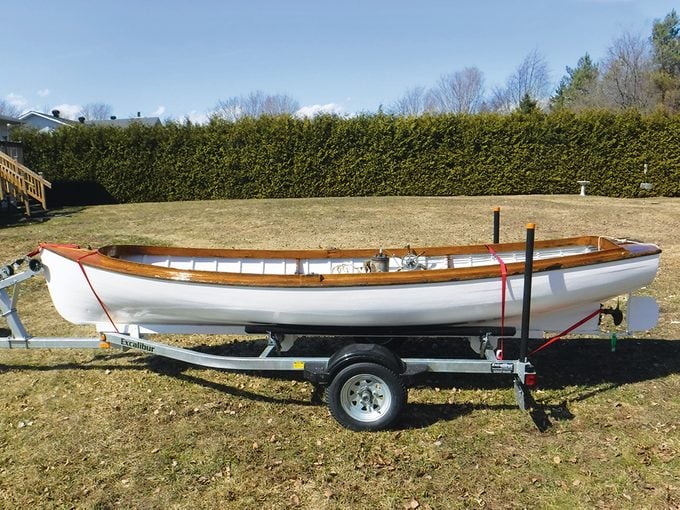
The big day came in May 2019. The relaunch went well, all things considered. It then took time to get the boat running its best. I have now put 50 hours on it—all an absolute joy.
I live south of Ottawa, just minutes from the Rideau Canal, which is a perfect place for the Gidley.
Last August, my wife and I took it to an antique boat show where it won a silver plate for “Most Original Boat” and a certificate for “Best Preserved.” This year, I plan to sail it from Kingston to Ottawa on the Rideau Canal Waterway, a distance of 202 kilometres. It’s already more than a hundred years old, but it’s still up to the task.
It does not appear the boat ever had a name. I allowed myself the liberty of changing that. I named it Willis, after my late father. He was a hobbyist woodworker and quite a craftsman. He would have loved this project.
It seems amazing that this craft survived long enough to cross paths with an old guy who was looking for an old boat.
Next, check out this gallery of beautiful boat photography from across Canada.

